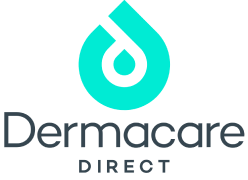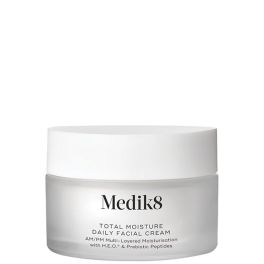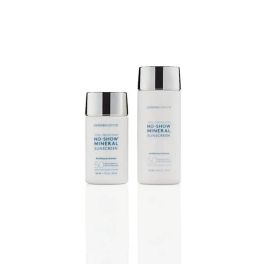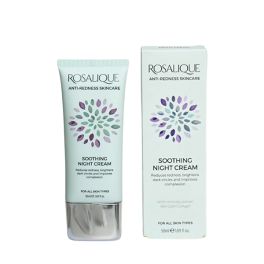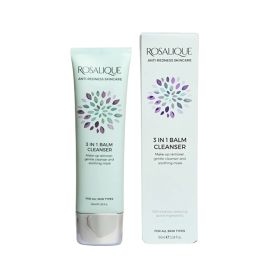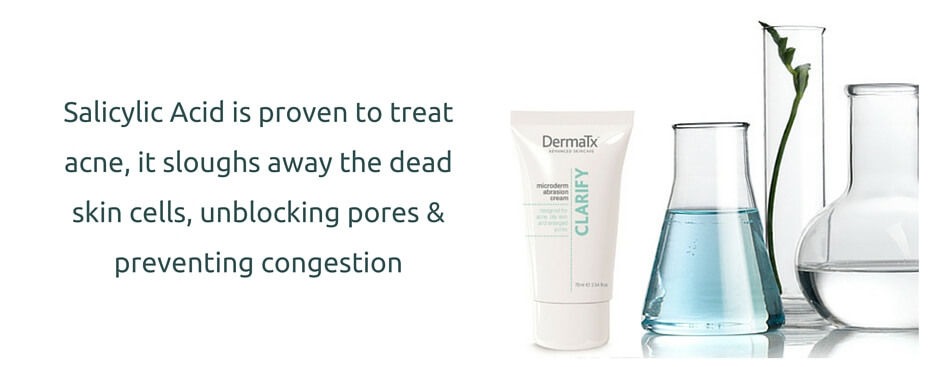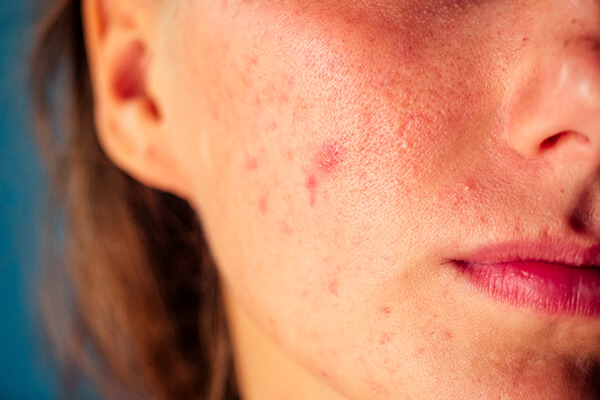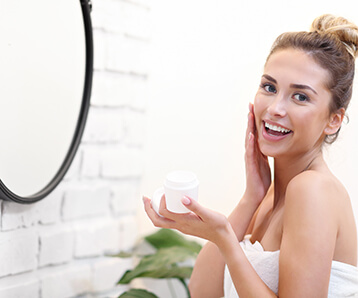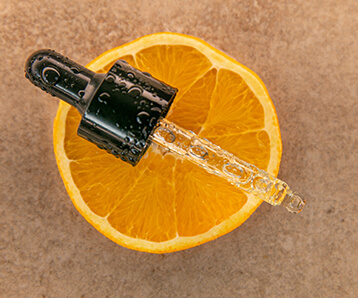A Beginner's Guide To Skincare Ingredients: Salicylic Acid Posted on 5 Jun 2023
Various names of key skincare ingredients are spoken about nowadays as if we should know what they mean but it's easy to feel confused if we don't. What do all the different acids actually do? What is the difference between lactic acid and salicylic acid? Is hyaluronic acid exfoliating?
Using a chemical exfoliant can seem scary at first, especially when you have more sensitive skin but, it shouldn't be. Chemical exfoliants are essential for healthy skin, are extremely easy to use, and are actually a lot more gentle on the skin compared to a physical exfoliant.
It's very simple to incorporate salicylic acid into your skincare routine and almost everybody can use it. This blog will answer the question of "what is salicylic acid?" amongst many others plus discuss its benefits for the skin.
What Is Salicylic Acid?
Salicylic acid is a beta hydroxy acid (BHA). It is naturally derived from willow bark (the bark of willow trees) however, you will often find that it is now synthetically made in most modern salicylic acid products.
Salicylic acid has antibacterial and anti-inflammatory properties, and also works as an exfoliant to remove dead skin cells, excess oil, and unclog pores. Many body products also contain salicylic acid to help treat skin conditions like keratosis pilaris and ingrown hair follicles.
Salicylic acid products vary in strength from a lower concentration of 0.5% all the way up to higher concentrations of 2% (the maximum allowed when purchasing over the counter).
How Does Salicylic Acid Work?
Most people are familiar with traditional physical exfoliants within their skin care routine, the grainy scrubs that you manually use on dry skin to buff away dead skin cells on the skin's surface.
Salicylic acid, on the other hand, is a chemical exfoliant that requires no aggressive scrubbing at all. Despite the name, chemical exfoliation is a lot more gentle on the skin than physical exfoliation.
Salicylic acid works differently from alpha hydroxy acid (AHA). While both AHAs and BHAs act as skin exfoliants, AHAs, such as glycolic acid, are what is known as “water-soluble,” and BHAs are considered “oil-soluble”. This means that AHAs work on the skin's surface, while BHAs (such as salicylic acid) work on the surface, as well as penetrate deeper within the pores for an ultra-deep clean.
Who Is Salicylic Acid Best For?
Everyone can use salicylic acid products, especially if they wish to treat clogged pores and blackheads, and experience minimal skin irritation. However, salicylic acid helps acne-prone skin and oily skin types best. Its ability to remove dead skin cells, regulate oil production, and prevent future breakouts makes salicylic acid the ideal candidate.
If you have very sensitive skin and experience mild irritation or dryness when you use traditional salicylic acid, salicylic acid toners tend to have a much lower % meaning that they are easier to tolerate. We recommend Medik8 Press & Clear.
Alternatively, we would instead recommend azelaic acid if all else fails. It is still highly effective in treating acne-prone skin but is better for sensitive skin types.
How Long Does It Take For Salicylic Acid To Work?
It can vary. Some products will give you results almost instantly or overnight however, most products will take a few uses to really see the true results. Although you may notice an improvement after only a few uses of using salicylic acid, it will take several weeks to really see a difference.
Important to note: It's common for a process called skin purging to happen when introducing salicylic acid products into your skin care routine. Skin purging is a temporary skin reaction that may cause breakouts, skin dryness, flaking, and peeling. It doesn't last long and it is due to the skincare ingredients accelerating your body's natural process of getting rid of dead skin cells and removing congestion.
How Often Should I Use Salicylic Acid?
This depends on the individual product and your skin type.
Products such as a salicylic acid cleanser can be used daily and even twice a day for mild acne treatment, however, something like at-home salicylic acid peels should be kept to twice a week maximum. If your skin tolerates the salicylic acid product well, great. If you find that you are experiencing mild irritation then it is advised to lessen or cease use so that you don't damage your skin barrier.
Which Products Has Salicylic Acid Included?
There are many skin care products on the market let alone trying to seek out the best salicylic acid products. Our team of experts has hand-picked their favourite salicylic acid products that really give you results.
Cleansing Gel: DermaTx Clarify Salicylic Acid Cleanser
Cleansing Bar: PCA Skin Blemish Control Bar
Toner: Medik8 Press & Clear
Treatment: Jan Marini Bioclear Face Lotion (or Face Cream for dry skin types).
Spot Treatment: SESDERMA Facial Spot Treatment
Mask: Dermaceutic Mask 15
Moisturiser: Eminence Organic Clear Skin Probiotic Moisturiser
Foundation: Oxygenetix Oxygenating Blemish Control Foundation SPF 25
